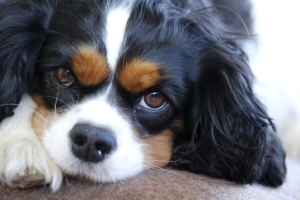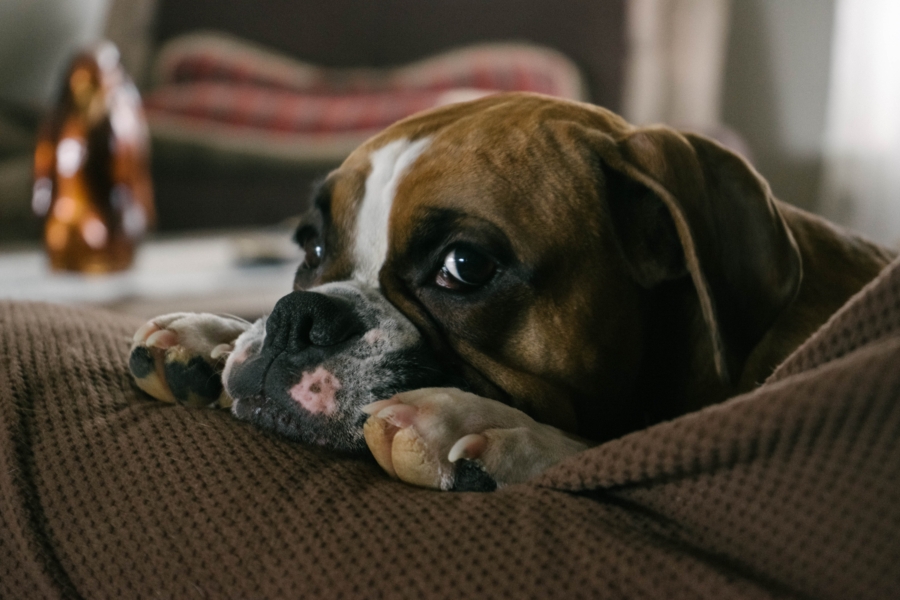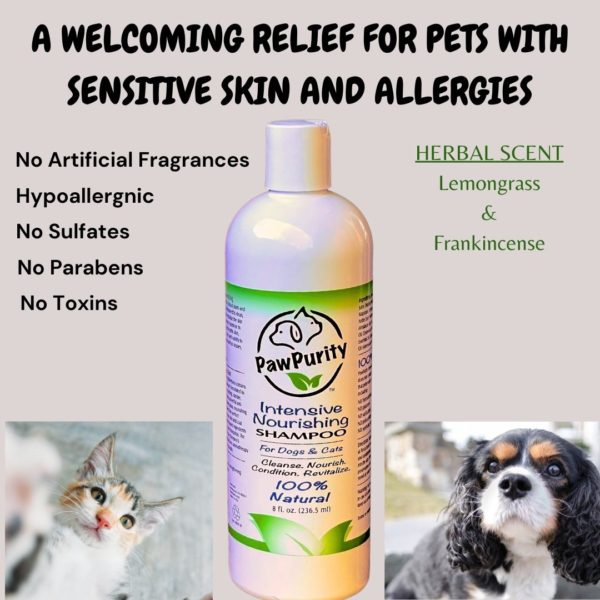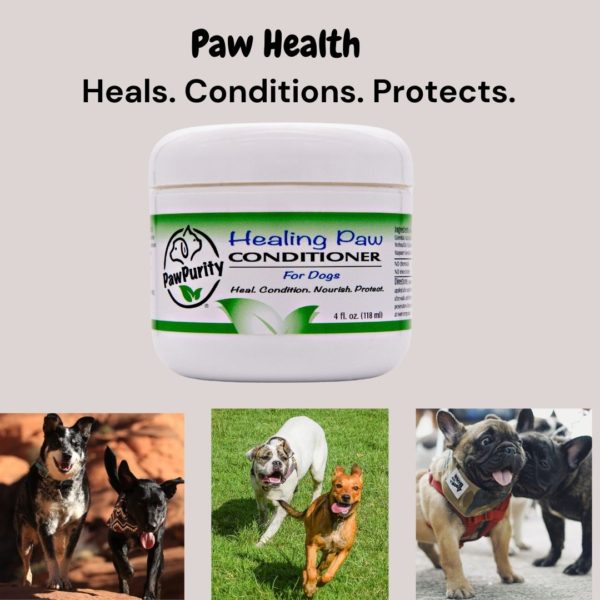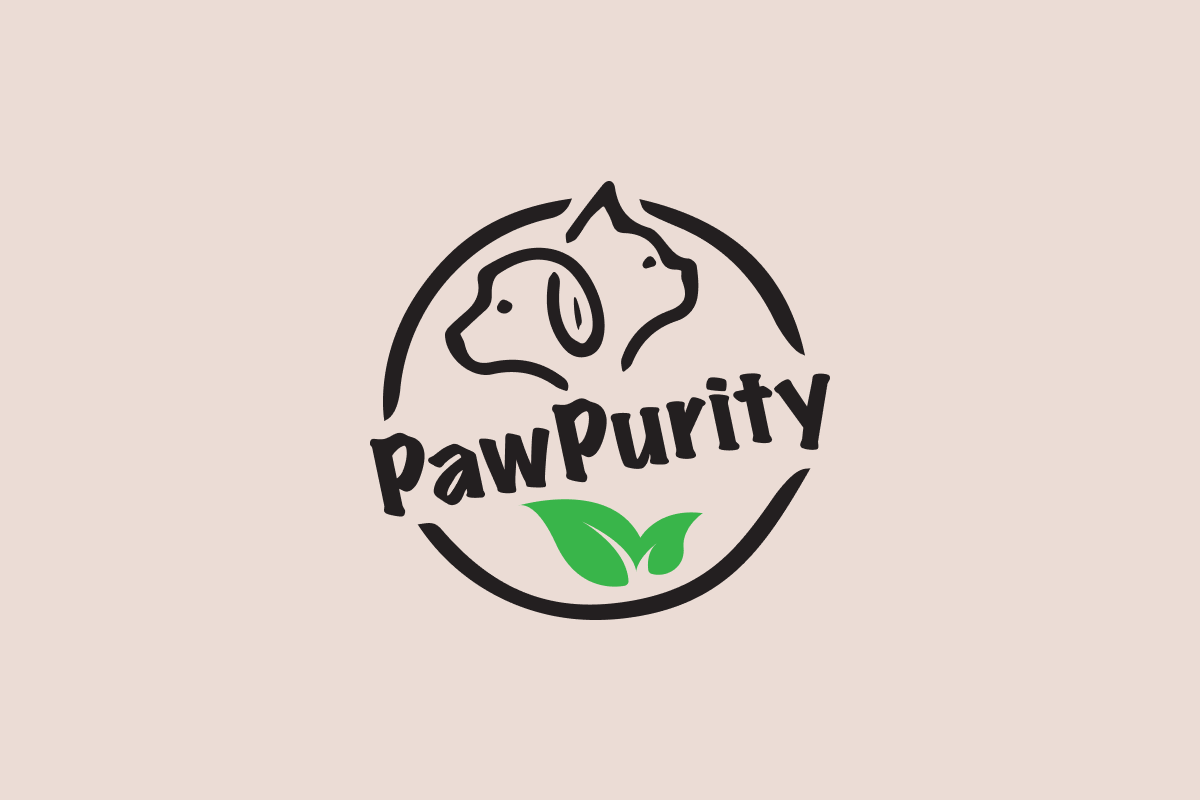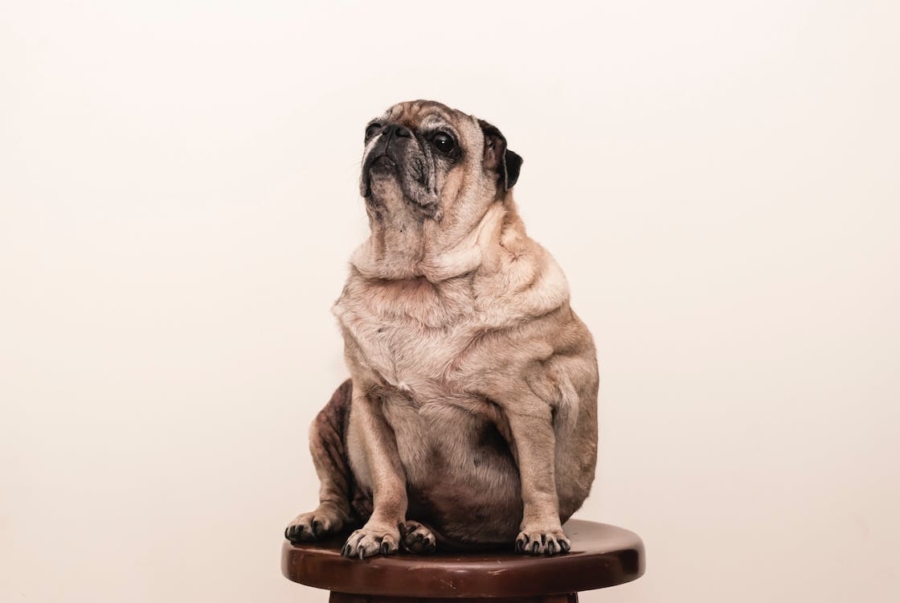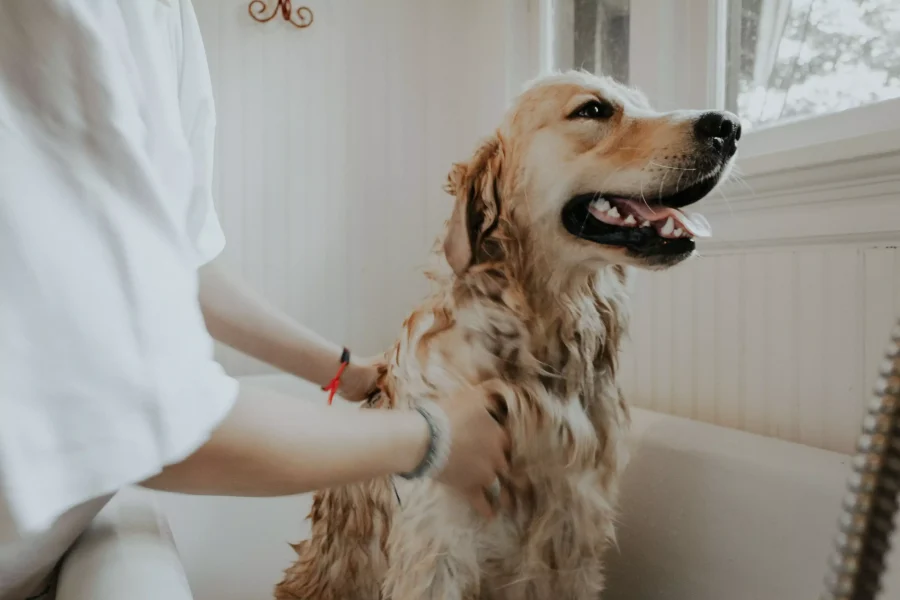Dog Paw Biting
One of the biggest concerns we’ve often heard from dog owners is the reason dog biting top of paws happens. Dog owners want to know the cause and what can be done. While it could be due to various reasons, top of paw biting is often influenced by skin irritations caused by certain ingredients in dog shampoos or yeast. Let’s explore which ingredients in shampoos can initiate this behavior.
Ingredients in Dog Shampoos That May Cause Your Dog Biting The Top of Its Paws
Experts have discovered that certain ingredients commonly found in dog shampoos may irritate a dog’s sensitive skin. This is the #1 reason why a dog biting the top of his paws occurs. Food allergies are a close second. Some of the cuprites in pet shampoos include:
- Parabens: Parabens are preservatives used in shampoos to extend their shelf life. However, they can cause skin irritation and may be linked to hormone disruption in both humans and pets.
- Sulfates: Sulfates are responsible for creating a foamy lather in shampoos, but they can strip the natural oils from a dog’s skin, leading to dryness and irritation.
- Artificial Fragrances: Artificial fragrances can be harsh on a dog’s sensitive nose and skin, causing allergic reactions and skin irritation.
- Alcohol: Alcohol-based ingredients can dry out a dog’s skin, leading to itching and discomfort
What does the FDA say about shampoo ingredients?
The FDA is responsible for regulating pet products, including shampoos. While they have guidelines in place for pet products, including shampoos, they do not specifically approve individual products or their ingredients. So, it’s essential for you as a pet owner to read product labels and avoid shampoos containing potentially harmful ingredients. For example, PawPurity is transparent in its labeling. If you don’t understand what an ingredient is, look it up. There are many potentially toxins that manufactures use in unregulated dog shampoos so keep a watchful eye and understand what you are putting on your dog.
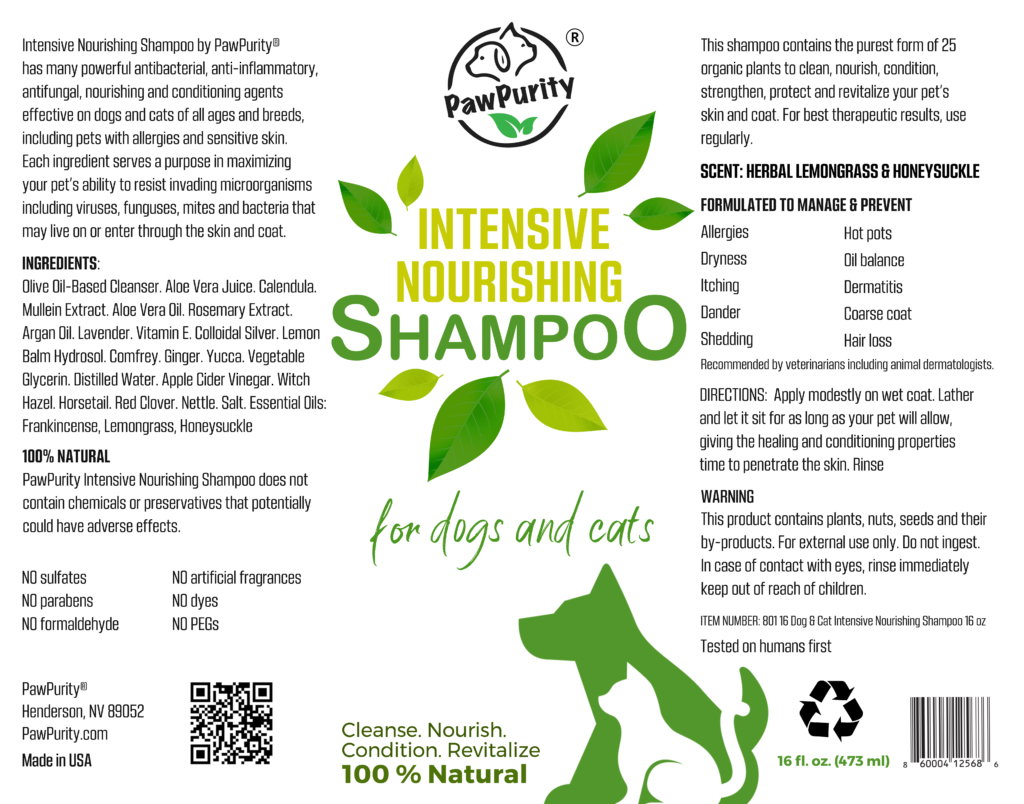
Illnesses caused by chemical-based shampoos
There have been reported cases of pets experiencing adverse reactions to chemical-based shampoos. These reactions can range from mild skin irritation to more severe allergic reactions. In some instances, exposure to certain harmful chemicals over time could contribute to long-term health issues in pets. Dogs biting the tops of paws is one common issue caused by chemical-based products produced for our furbabies.
Natural ingredients: A safer alternative
PawPurity has developed what many call the best pet shampoo on the market. Ingredients are selectively chosen to help your pet’s skin stay healthy and ward of unwanted environmental elements and pests. Our products are made with all-natural ingredients for a reason. Choosing dog shampoos with natural ingredients can be beneficial for several reasons:
Gentle on the Skin: Natural ingredients are generally milder and less likely to cause irritation or allergic reactions. Dogs biting top of paws is often caused by harsh ingredients that are irritating the sensitive areas around that area.
Free from Harmful Chemicals: Natural shampoos are often free from sulfates, parabens, and artificial fragrances, reducing the risk of skin issues and long-term health concerns.
Soothing Properties: Some natural ingredients, such as aloe vera and oatmeal, have soothing properties that can help alleviate skin irritation and itching.
Yeast Infections in Dogs Between Toes
Yeast, specifically a type called Malassezia, is a fungus that naturally resides on dogs’ skin in small amounts. However, when there’s an overgrowth of yeast due to various factors, it can lead to infections, known as yeast dermatitis or Malassezia dermatitis. The warm and moist environment between a dog’s toes provides an ideal breeding ground for yeast, making this area particularly susceptible to infections.
Causes of Yeast Infections Between Dogs’ Toes
- Moisture: Wet or damp conditions between the toes, often exacerbated by activities like swimming or walking in rainy weather, create a favorable environment for yeast overgrowth.
- Allergies: Dogs with allergies, whether food, product-induced, environmental or contact allergies, are more prone to yeast infections as their immune systems may be compromised, allowing yeast to proliferate.
- Poor Hygiene: Inadequate grooming or cleaning of the paws can contribute to the buildup of dirt, debris, and moisture, providing a breeding ground for yeast.
- Skin Folds: Breeds with skin folds or wrinkles, such as Bulldogs or Shar-Peis, are predisposed to yeast infections between their toes due to the trapped moisture and reduced airflow in these areas.
Signs of Yeast Infections Between Dogs’ Toes
- Excessive licking or chewing at the paws
- Redness, swelling, or inflammation between the toes
- Foul odor
- Discharge or oozing
- Crusty or greasy skin
- Hair loss or thinning in the affected area
Solutions and Treatment Options
- Keep Paws Clean and Dry: Regularly clean and dry your dog’s paws, especially after outdoor activities. Use pet-safe wipes or a damp cloth to gently clean between the toes and remove any debris.
- Topical Treatments: Antifungal natural shampoos, sprays, or wipes can help alleviate yeast infections.
- Dietary Changes: Food allergies can also contribute to dogs biting the top of their paws. When a dog ingests a food they are allergic to, it can trigger an immune response that manifests in various ways, including skin itchiness and inflammation. Biting or licking the paws can be a sign of this discomfort. Please consult with your veterinarian to find out the best diet for your dog.
- Environmental Management: Minimize exposure to moisture and allergens in your dog’s environment. Keep bedding clean and dry, avoid walking in wet grass or muddy areas, and consider using paw protectants during outdoor activities.
- Allergies: Just like humans, dogs can suffer from allergies. Environmental allergens, such as pollen, dust mites, or mold, can lead to itchy paws, prompting them to bite or lick the area for relief.
- Fleas and Parasites: Flea bites can cause intense itching and discomfort for dogs, leading them to bite or scratch the affected areas, including their paws.
Flea bites may be more than an itchy annoyance to some dogs and cats. They can cause flea allergy dermatitis — an allergic reaction to proteins in flea saliva. And a pet’s constant scratching can cause permanent hair loss or other skin problems. In severe infestations, fleas feasting on your pet’s blood can lead to anemia and, in rare cases, death.
FDA
Steps to Alleviating Dog Biting Top of Paws
Understanding what makes dogs bites the top of their paws is essential in providing them with the right care and treatment. The first, easiest and least expensive step is choosing natural dog shampoos with gentle ingredients can help alleviate skin irritation and ensure a healthier pet and narrow down if this is the cause. While the FDA provides guidelines for pet products, it is your responsibility to choose safe and suitable products for your furry companion. The second step, which is a little more drastic, is to change what you are feeding your dog. If paw biting still persists, a trip to the veterinarian may be necessary. You’ll most likely get referred to an allergy/dermatologist specialist to identify potential allergies or other underlying health issues.
Case of Elimination
This article is meant to make simple changes so you can eliminate the possible causes of your dog biting the top of its paws without the expense of a full-panel allergy test. In many instances, we have found that something as simple as changing shampoos or leaving poultry out of the diet is the easiest and fastest cure so your pet doesn’t have to suffer from chewing on the tops of his paws. As with many problems we pet owners face, eliminating products, diets and behavior is often required to keep our pets happy and healthy.



